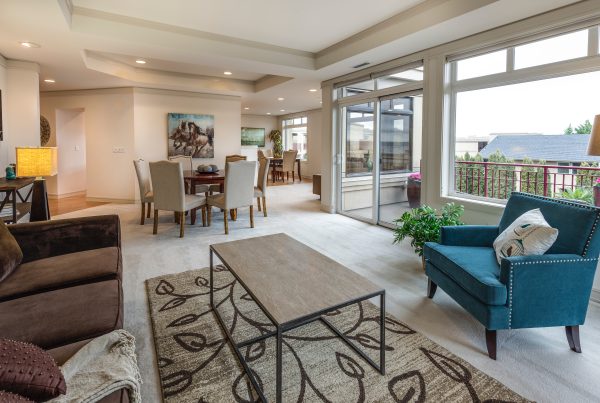Perception is often reality. Unfortunately, that maxim doesn’t work so well in the world of real estate, where busy schedules and long-distance buys often preclude multiple showings and may prevent potential buyers from seeing a property in person at all. How can an intrepid real estate agent virtually showcase homes and achieve their commission advance goals? By taking advantage of new and interesting technology, of course.
Transport Buyers With 3D Models and Virtual Tours
Once upon a time, virtual tours were simply walk-through videos real estate agents made using their cell phones or, if they were super fancy, a handheld camera with slightly better resolution. Those methods certainly served their purpose, but now companies like Matterport are taking immersive 3D media to the next level with interactive imagery that transports the viewer like never before. Instead of flat photos, home buyers are treated to full-color videos that offer incredible depth and an opportunity to experience a property from all the way across the globe. It’s impressive, and it sells properties — a fact your future listing advance will attest to.
Score a Commission Advance Thanks to Virtual Staging
Experts consistently swear by staging, saying that a properly staged home gets more attention, sells faster, and garners a higher price tag versus non-staged but otherwise similar properties. That’s all well and good, but when you come up against a buyer who refuses to invest in staging or a home that’s unstageable for another reason (a time crunch, perhaps, or rooms that aren’t fully built-out or finished), you need an alternative. Virtual staging turns empty spaces into full-realized bedrooms, dens, offices, and living rooms. It’s cheaper than traditional staging and offers far more possibilities. Most virtual staging companies charge by the photo (you send them your image and their in-house team doctors it up), so you can stage the same room several different ways to appeal to a wider range of buyers.
Reimagine a Fixer-Upper With Remodeling Software
Not all home seekers have the imagination required to visualize what an outdated kitchen might look like once the linoleum is replaced with handmade tile and the countertops get some much-needed attention. That’s why several companies are now offering “remodeling visualization tools” that allow homeowners and prospective buyers alike to see how their spaces might look once they’ve been redesigned, refreshed, and fully upgraded. The only drawback is that most of these apps are branded, meaning users can only experiment with fabrications and appliances offered by the brand in question. Still, it’s a way to glimpse an array of design possibilities, and it might be just what an on-the-fence client needs to transform a “maybe” into an enthusiastic “yes!”
All of these services can help you expand your slate of client services, and embracing technology is a brilliant way to stand out amongst competitors, but there can be a few drawbacks. When you bring virtual design tools on board, be sure you’re not sacrificing a personal touch when and where it’s needed. Also, beware of false advertising. Virtual staging and strategic video tours can be priceless in terms of drawing attention and getting closer to your commission advance, but you don’t want to be accused of a bait and switch. Disclose the tech you’re using to market the properties in your portfolio and be realistic; encouraging clients to consider a small remodel is one thing, but pretending a tear-down is a multi-million-dollar property is just asking for trouble.





